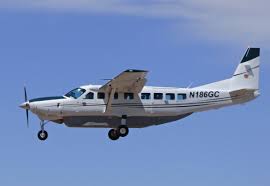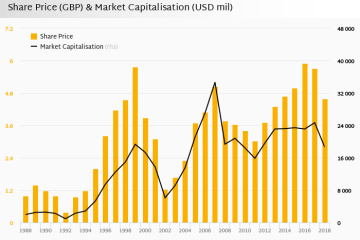The Rise of Budget Airlines: Transforming Air Travel

Introduction
In recent years, budget airlines have emerged as a significant player in the aviation industry, making air travel more accessible to millions around the globe. With their low-cost ticket options and simplified services, these airlines have revolutionised the way people travel. As air travel continues to recover from the impact of the COVID-19 pandemic, budget airlines are poised to play a crucial role in reshaping the future of aviation.
The Growth of Budget Airlines
Budget airlines, often referred to as low-cost carriers (LCCs), have been gaining popularity since the 1990s. Examples like Ryanair and EasyJet in Europe or Southwest Airlines in the United States have pioneered this model, offering no-frills services at competitive prices. According to the International Air Transport Association (IATA), budget airlines accounted for over 30% of the total number of global flights in 2022. This trend has only expanded in the post-pandemic travel boom, as airlines and travellers alike seek cost-effective solutions. In the UK alone, budget airlines have seen an increase in demand, with many operating at near pre-pandemic levels.
Services and Model
Budget airlines typically operate on a point-to-point model, which differs from the traditional hub-and-spoke system used by major carriers. This approach allows them to keep operational costs low by reducing the turnaround time at airports. However, it’s important to note that the focus on affordability often comes with trade-offs, such as additional charges for checked baggage, seat selection, and in-flight services. Passengers must weigh the benefits of lower fares against the potential for higher overall travel costs.
Environmental Impact
While budget airlines have made travel more accessible, their environmental impact has been under scrutiny. According to estimates, air travel accounts for approximately 2% of global carbon emissions. With the rise in passenger numbers, many have raised concerns about the sustainability practices of low-cost carriers. The sector has begun exploring options such as fleet upgrades to more fuel-efficient aircraft and sustainable aviation fuels to combat its carbon footprint, aligning itself with global climate goals.
Conclusion
The significance of budget airlines in the current travel landscape cannot be overstated. As they pave the way for affordable air travel solutions, they also face challenges related to sustainability and service quality. Looking ahead, budget airlines are likely to expand their routes and services further, catering to an ever-growing market of cost-conscious travellers. For those planning their next getaway, understanding the nuances of budget airlines is essential for making informed travel decisions.









